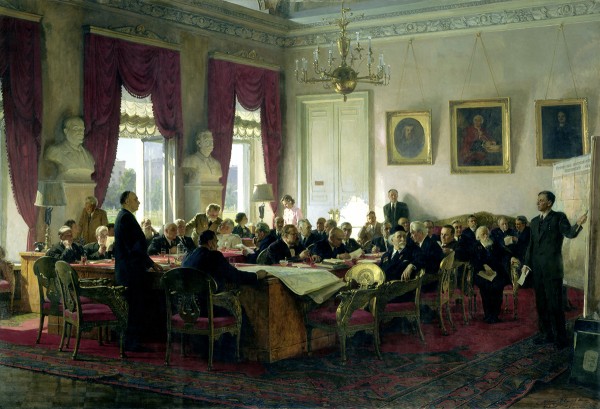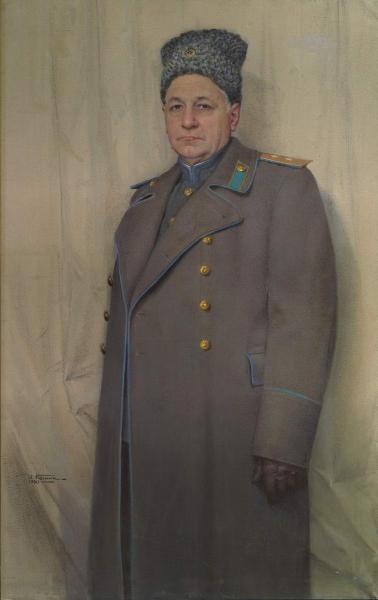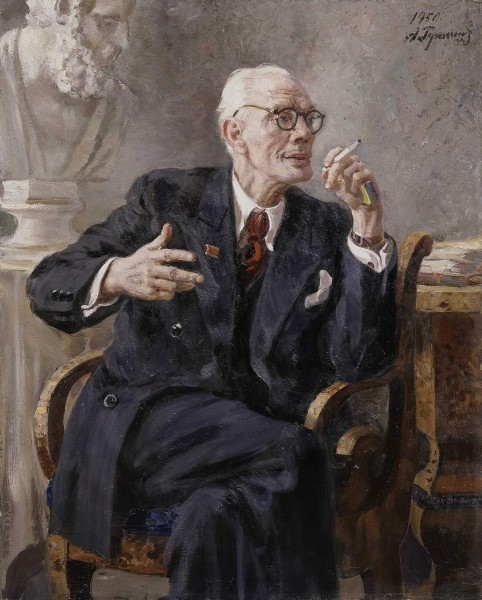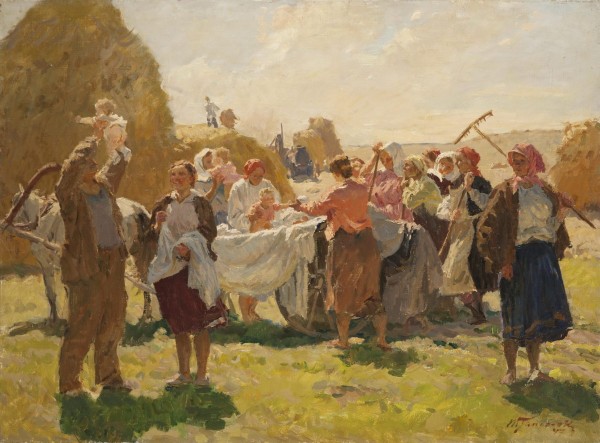The artist is unknown
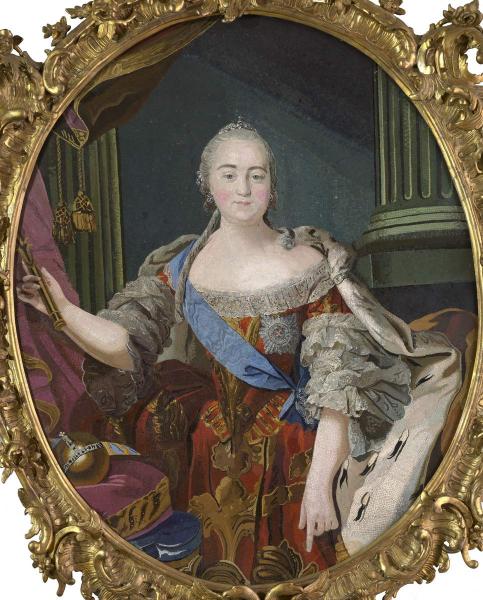
Elizabeth I Petrovna (December 18/29, 1709–25 December 1761/5) – Russian Empress (since 1741). The illegitimate daughter of Peter I and Martha Skavronskaya, therefore, when official consideration of the issue of succession in 1725-1730, was never considered as one of the applicants. With the support of the guard, a coup d’etat was carried out, during which Ivan VI managed and ruler Anna Leopoldovna. Reigned from November 25/December 6, 1741 to December 25, 1761/5 January 1762.
The 400th anniversary of the Romanov house. SPb, 2013. WITH. 110.
With the board of Elizabeth Petrovna, the coming to Russia of the Enlightenment and the reorganization of military educational institutions is associated. In 1744, a decree was issued to expand the network of elementary schools. The first gymnasiums were open: in Moscow (1755) and Kazan (1758). In 1755 on the initiative and. AND. Shuvalova founded Moscow University, and in 1757 – the Academy of Arts. The support of m. IN. Lomonosov and other representatives of Russian science and culture. In 1756 she signed a decree on the creation of the imperial theater. Huge funds were allocated from the treasury for the arrangement of royal residences. The court architect Rastrelli built the Winter Palace, which has since served the main residence of the Russian monarchs, and Yekaterininsky in Tsarskoye Selo. The Peter’s residences on the banks of the Gulf of Finland – Strelna and Peterhof were thoroughly rebuilt.
The portrait was executed in the workshop m. IN. Lomonosov, who in the second half of the 1740s began to work as a technologist on glass and an artist-monitor. Having discovered for himself the mosaics in the Sofia Cathedral of Kyiv and the temples of Novgorod, the scientist for many years was looking for a secret to the manufacture of smalt (colored vitreous masses of various shades). In the first chemical laboratory in Russia, he developed the technology and production technique of smalt, and since the beginning of the 1750s he began creative practice, he used smart smallests for a rather large size. The mosaic portrait of Elizabeth Petrovna is distinguished by exquisite polychrome, in it the texture of objects, the softness of tissues is brilliantly conveyed in it. The Muerian tape of the Order of St. Andrew the First -Called consists of skillfully selected blue, azure, blue smalt.
